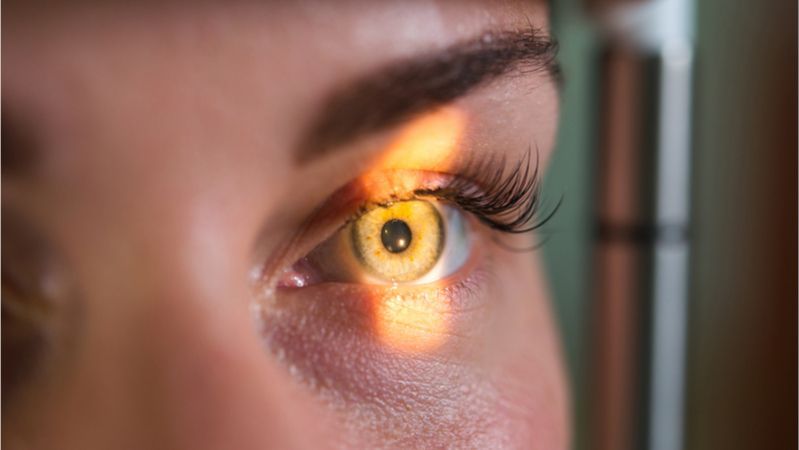Get the latest international news and world events from around the world.

SpaceX Launches 60 Starlink Satellites, Nails Rocket Landing in Record-Breaking Flight
A SpaceX Falcon 9 rocket launched 60 Star broadband internet satellites into orbit and landed back on Earth, making SpaceX the operator of a record-breaking 180 satellites in orbit today.
SpaceX Launches 60 Star Satellites, Nails Rocket Landing in Record-Breaking Flight : Read more
There are other views of launching so many satellites too. Astronomers say SpaceX’s satellites are too bright in the sky. Friday’s launch will try to fix that.

I spy, with my little satellite AI, something beginning with ‘North American image-analysis code embargo’
The US government has placed software designed to train neural networks to analyse satellite images under new export controls in a bid to prevent foreign adversaries using said code.
The decision, made by Uncle Sam’s Bureau of Industry and Security (BIS), is effective today. Vendors shipping software subject to the controls – in that the applications help machine learning systems annotate satellite images in a particular way – will have to apply for a license to sell their products to customers outside of the US and Canada.
“Items warrant control for export because the items may provide a significant military or intelligence advantage to the United States or because foreign policy reasons justify control,” the BIS said.
Samsung’s Artificial Humans Look Eerily, Well, Human
Project NEON might just live up to the hype.
Inside Samsung’s Futuristic $300 Million Office | Open Office | WSJ
Samsung’s North American headquarters was designed to integrate into Silicon Valley, not wall employees off from it. Take a tour with WSJ’s Adam Falk as he checks out the workspace, including its elevated, open-air gardens.
Photo: Verus Productions
#WSJ #Samsung #OpenOffice

Treating Glaucoma with Senolytics
New research suggests that senolytic drugs, which remove harmful senescent cells that accumulate during aging, may be an effective therapy for glaucoma, a common age-related condition that leads to loss of vision.
In the short term, inflammation serves a useful purpose, as it helps to spur the repair and regeneration of tissue and rallies the immune system to defend against marauding invaders.
However, the chronic, smoldering, low-grade inflammation that occurs during aging can be incredibly harmful. The sources of this “inflammaging,” as some researchers describe it, include (but are not limited to) dysfunctional immune cells, cell debris, disruption to the gut microbiome, and senescent cells. Today, we are concerned about the latter after the release of a new study focusing on senescent cells and glaucoma [1].

Graziano Lab: CONSCIOUSNESS AND THE SOCIAL BRAIN
If you’re interested in mind uploading, then I have a chapter that may be of interest to you. The title is:
by Michael Graziano and Taylor W. Webb.
This chapter describes in straightforward language a theory of consciousness termed Attention Schema Theory.
The introduction reads:
“This hypothetical building project serves as a way to introduce the theory in a step-by-step manner and contrast it with other brain-based theories of consciousness. At the same time this chapter is more than a thought experiment. We suggest that the machine could actually be built and we encourage artificial intelligence experts to try.”
Graziano, M. S. A., & Webb, T. W. (2018). Understanding consciousness by building it. In D. Jacquette (Ed.), Bloomsbury Companion to Philosophy of Consciousness (pp. 187–210). Bloomsbury.

Iranian hackers are likely planning social engineering and phishing attacks — but web site defacements are meaningless
City governments, agencies and companies are on high alert for ramped-up cyber activity possibly emanating from Iran. But attacks to a handful of websites across the globe, purportedly in the name of Iranian activists groups, aren’t cause for much concern and can’t truly be attributed to Iran in the short term.

Glitch detected in the pulsar PSR J0908−4913
Using the Molonglo Observatory Synthesis Telescope (MOST), astronomers have detected a glitch in the radio pulsar PSR J0908−4913. The finding, detailed in a paper published December 18 on the arXiv preprint server, could be helpful in shedding more light on the properties and nature of this pulsar.
Extraterrestrial sources of radiation with a regular periodicity, known as pulsars, are usually detected in the form of short bursts of radio emission. Radio pulsars are generally described as highly magnetised, rapidly rotating neutron stars with a lighthouse beam of radiation that produces the pulsed emission.
Glitches are sudden changes of the pulsar’s spin rate. The exact cause of the glitches is still unknown, however, they are believed to be caused by an internal process within the pulsar. The most popular hypotheses suggest that the glitches can originate from either a transfer of angular momentum from the core to the crust via the unpinning of superfluid vortices or cracking of the star’s crust. Identifying and studying new glitches could therefore be crucial to improve our understanding of their origin and the nature of pulsars in general.
SpaceX launches 60 more satellites
BLASTOFF! SpaceX’s Falcon 9 rocket launched 60 more mini internet satellites from Cape Canaveral in Florida on Monday night. https://abcn.ws/36r7JOC